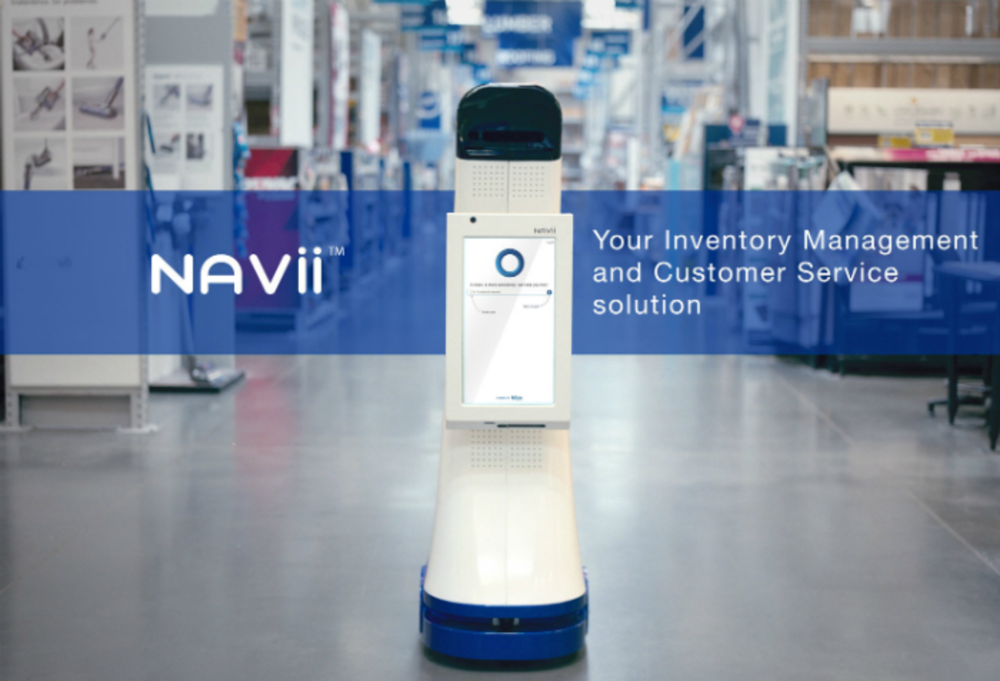Technology can sometimes be painted as an enemy to brick-and-mortar retailers. After all, it’s been consumers’ increasing (and increasingly mobile) access to the web and other tech that drove the inherent inconvenience of physical shopping into sharp relief. But, as is often the case, technology is a double-edged sword.
Each innovation brings with it its associated challenges, sure, but many retailers are ebbing with the tide of technological iteration. Mobile payments, beacons, and geo-targeting have become staples in retail marketing, but there are many technological enhancements that aren’t as ubiquitous, even if they should be.
We took a look at five such technological enhancements that have changed, or will change the way retailers conduct their business.
Augmented Reality
Augmented reality experienced a surge in general popularity in the wake of the Pokemon Go craze, but has been a central topic in technology circles for several years now. For retailers in particular, AR has been a pathway to some truly futuristic shopping experiences.
Take Lego, for example. The toys company began shipping AR kiosks to its stores years ago, and these remain some of the most impressive enhancements to the in-store experience today.
As progressive as Lego was at the top of the decade, augmented reality has advanced a long way in recent years. Brands in the home decorations and improvement sector have been particularly adept at implementing AR into the shopping experience.
Retailers will likely continue to adopt strategies that leverage augmented reality as the technology evolves, but it’s important to acknowledge the underlying function of these examples, utility. Retailers have been forced to increasingly lean on the shopping experience itself to keep disenchanted shoppers coming to the store. An AR shopping experience can easily come off as a gimmick in service of that, if businesses aren’t careful. The tech must, in some way, deliver a utility to shoppers. In the case of Legos, Ikea, and Home Depot, that utility is in supporting and progressing the showrooming experience beyond price matching.
Virtual Reality
Consumer VR products are only now hitting the market in earnest, and at a fairly steep cost at that. Retailers are similarly prohibited by the high equipment and software costs associated with VR technology, but that hasn’t stopped a few retailers from experimenting. Lowe’s is probably the most prominent of these.
Debuted in 2014, the Lowe’s HoloRoom serves a similar purpose as a standard model room, only fully digital and entirely customizable. Customers can build dream rooms in the HoloRoom virtual space, then go through the store and purchase the physical items necessary to actualize the room in their home.
Admittedly, the function of Lowe’s HoloRoom can be realized through AR as well, and in all likelihood at a lower cost, but the ability to provide fully immersive VR experiences to customers will no doubt increase in value as VR alternatives like Google Cardboard gain consumer and developer popularity.
The big challenge for retailers will be how to sync up the real-world displays with VR, which is will take shoppers out of their comfort zones and further away from real, tangible products they can see and touch.
Robots
A long standing pipedream of sci-fi junkies, robots are finally making conventional appearances in everyday life. In retail, these increasingly sophisticated contraptions are rapidly gaining popularity.
Best Buy made waves last year when it began testing Chloe, its robotic customer service associate that occupies 350 square feet of space in the Chelsea, Manhattan store. Similarly, Lowe’s is beginning to roll out its LoweBot in San Francisco, a Fellow Robots Navii unit that wanders aisles stocking shelves and helping customers.
Build-to-order
The prospect of building your own products as always been a popular one, and the sentiment is only being amplified today through advancements in 3D printing technology. However, there exists a happy medium, most notably in fashion, where customers design their own products using brand assets.
Popularized by sneaker brands like Adidas, Nike, and Converse (now owned by Nike), giving customers tools to design and order their own products seems to be a growing trend among clothing retailers. Start-ups like Blank Label and Propercloth let shoppers choose from a bevy of options, design their own shirts, and order them. Jewelers like Bluenile and Zales similarly give customers tools to personalize products.
Interactive Screens
When “interactive” screens started popping up everywhere in the early 2000s’ they were plagued with issues like bad touch-technology, and were generally quite gimmicky. Falling somewhere in the middle between AR and VRm, these screen are considerably more impressive today.
Likely aimed at curbing high return rates, technology like Adidas CyberFit fitting room screens allow customers to try out products without removing a single article of clothing. Similarly, customers can scan themselves using Adidas’ BodyKinectizer technology to virtually size clothes in stores and at home.








